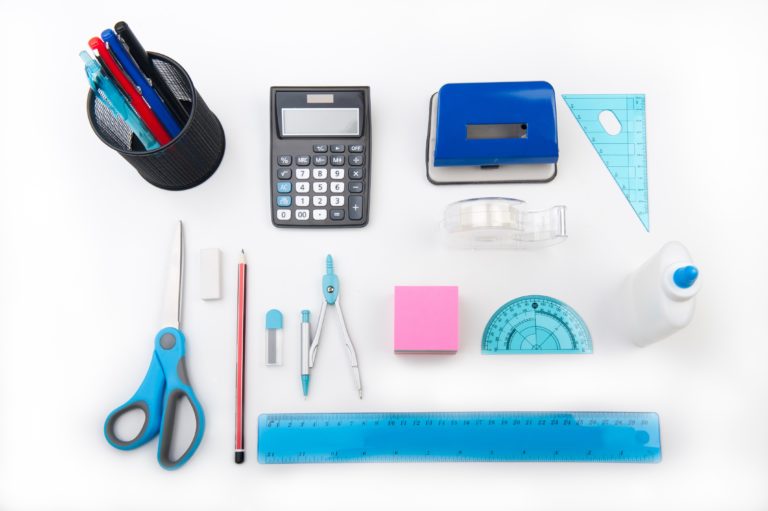What are the four types of grammatical cohesion?

This is the second of three chapters about Cohesive Devices. To complete this reader, read each chapter carefully and then unlock and complete our materials to check your understanding.
– Review Lesson 1’s introduction to cohesive devices
– Explore the four grammatical categories that improve cohesion in an academic essay
– Study extensive examples that demonstrate cohesion
Before you begin reading...
-
video and audio texts
-
knowledge checks and quizzes
-
skills practices, tasks and assignments
Chapter 2
In Chapter 1 of this short reader on cohesive devices, we explored the concept of cohesion in a piece of academic writing and introduced four types of lexical cohesion: reference, substitution, collocation and semantic fields. In this next chapter, we turn our attention to the four grammatical strategies that can be used to improve coherence in your writing. After completing this chapter, consider unlocking our Chapter 2 Worksheet to check your knowledge of this topic before moving on to our third and final chapter.

What did we learn in Chapter 1?
- cohesion improves coherence on a micro level
- there are eight strategies for improving cohesion
- cohesive writing should flow easily and be well structured
- cohesive writing should guide the reader through a clear argument
- cohesive writing should follow a logical pattern and have well-connected ideas
Strategy 5: Repetition
The first grammatical strategy is quite simple: repetition is when ideas or objects are repeated across a text. Particularly common in poetry (though less so in academic writing), a writer may repeat a word or phrase or a more complex parallel structure such as a series of clauses to form cohesion between ideas, as in the examples below:


The use of synonyms is another method that a writer may call upon to show the repetition of ideas throughout a text, although this method is more lexical in nature:


Strategy 6: Ellipsis
Ellipsis, when words are elided (deleted) from an expression, is another method of increasing the cohesive bonds between expressions. Not only does ellipsis strengthen relations between ideas, but the reduction of an utterance is more economical, avoiding unnecessary repetition and therefore improving concision. As the following examples show however, this cohesive strategy should be far less commonly used in academic settings due to its more informal and verbal nature:


Regardless of the deleted phrases, it’s clear in expression (a) that ‘the second’ refers to the experiment, and in (b) that the arrival is related to the ‘final exam’. These two clauses and sentences can therefore be said to have strong cohesive links regardless of whether key words have been elided.
Strategy 7: Conjunction
Another strategy, one that’s much more commonly used in academic writing, is to include accurate coordinate and subordinate conjunctions (such as ‘and’, ‘so’, ‘because’ and ‘while’) and conjunctive adverbs (like ‘however’ and ‘therefore’) in your writing. Not only are conjunctions very useful on a grammatical level for joining together words, phrases, clauses and sentences, but each conjunction contains lexical meaning that further indicates and specifies relationships between ideas. When used correctly and in a varied manner, such conjunctions can be one of the most successful ways of improving coherence in an academic essay.
While the topic of conjunction is explored more thoroughly in our third and final chapter, some of these semantic relations can be seen in action here through the following excerpt, taken from an essay introduction. This excerpt provides evidence of how ‘while’ is able to express comparison between two arguments, how ‘although’ introduces a concession (that ‘some benefits do exist’) and how ‘because’ exemplifies a cause for the students’ poor performance:

Strategy 8: Tense/Aspect Agreement
The final grammatical strategy for creating cohesion in a text relates to the correct use of tense and aspect. Much like how certain words go together (see Strategy 3: Collocation), certain tenses (‘past’ and ‘present’) and aspects (‘simple’, ‘continuous’ and ‘perfect’) must also match grammatically. Consider the following examples:
- I realised then that the tutor… has been leaving X will leave X had left ✔ the classroom.
- If you fail the exam… you would X you will X you will have ✔ failed the course.
- Misunderstand the question and… risking X have risked X risk ✔ losing significant marks.
Great work on completing this second chapter on cohesive devices. Continue studying with our third and final chapter to learn about the key cohesive devices that improve cohesion, focussing in particular on Strategy 7: Conjunctions.
To reference this reader:
Academic Marker (2022) Cohesive Devices. Available at: https://academicmarker.com/academic-guidance/vocabulary/cohesive-devices/ (Accessed: Date Month Year).
Downloadables
Once you’ve completed all three chapters in this short reader about Cohesive Devices, you might then wish to download our Chapter Worksheets to check your progress or print for your students. These professional PDF worksheets can be easily accessed for only a few Academic Marks.
Chapter 1 explores the topic: Can lexical cohesion improve academic writing? Our Chapter 1 Worksheet (containing guidance, activities and answer keys) can be accessed here at the click of a button.
Chapter 2 explores the topic: What are the four types of grammatical cohesion? Our Chapter 2 Worksheet (containing guidance, activities and answer keys) can be accessed here at the click of a button.
Chapter 3 explores the topic: Which key cohesive devices improve coherence? Our Chapter 3 Worksheet (containing guidance, activities and answer keys) can be accessed here at the click of a button.
To save yourself 2 Marks, click on the button below to gain unlimited access to all of our Cohesive Devices Chapter Worksheets. This All-in-1 Pack includes every chapter , activity and answer key related to this topic in one handy and professional PDF.
Collect Academic Marks
-
100 Marks for joining
-
25 Marks for daily e-learning
-
100-200 for feedback/testimonials
-
100-500 for referring your colleages/friends